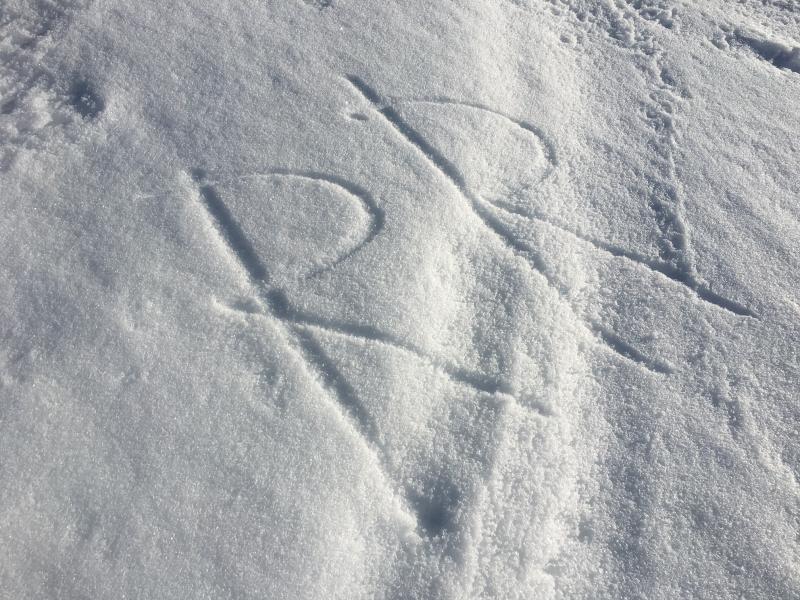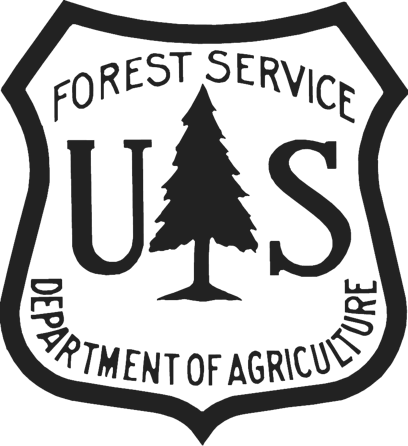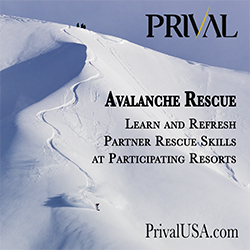Quick outing to East Bowl of Silver Fork. Gave me a chance to look at solar aspects, upper elevation north aspects, as well as some slopes that have slid this season. Was exiting early in the morning before solar aspects softened, but overnight there was a solid refreeze with a teeth-chattering surface. Was finding evidence of plenty of drainage channels on solar aspects as well. Overall am thinking biggest risk on solar aspects is loose wet sluffs and not large wet slabs.
Was interested in looking at North aspects, and in particular, how weak the snow surface is as well as what the snowpack looks like on slopes that slid over the Solstice cycle:
- In terms of the snow surface there is widespread near-surface faceting on upper elevation north aspects. This is not a surprise given this prolonged period of high pressure, yet the surface does not look especially weak, and the snow at the surface was not producing sluffs even on very steep aspects. I did not find any surface hoar growth where I was traveling this morning, yet I suspect it is evident elsewhere, particularly in drainage bottoms and lower and mid elevations.
- Dug around on slopes that slid during the solstice cycle. This is the first time I traveled into East Bowl since early December, and got a chance to poke around on slopes that have previously avalanched. Overall am finding snowpack depths to be around 1 meter (a little over 3') with a 4F slab on these slopes. I did look at the snowpack on some very steep, rocky slopes and was still finding a 4F, supportable slab with faceted snow at the surface. We will likely have to continue to watch these once we get a new load, but am thinking these currently have a Low danger and it would be really poor luck triggering a deep slab right now.
Snow geek alert!! Image is of SE aspect in upper LCC showing radiation recrystallization (RR). The top cm of snow is loose facets sitting on top of a sun crust. Rarely do we find RR to be a problem layer as it often gets destroyed from wind and warm termps before being loaded, but it is always cool to find it. Bruce Tremper's "Staying Alive in Avalanche Terrain" has a very good explanation of the process describing how these facets form.

Where I was traveling this morning, the hazard was Low. However, I exited the south aspects before they warmed. On solar aspects that have softened due to warming, the danger is Moderate with the greatest hazard being wet, loose slides.



